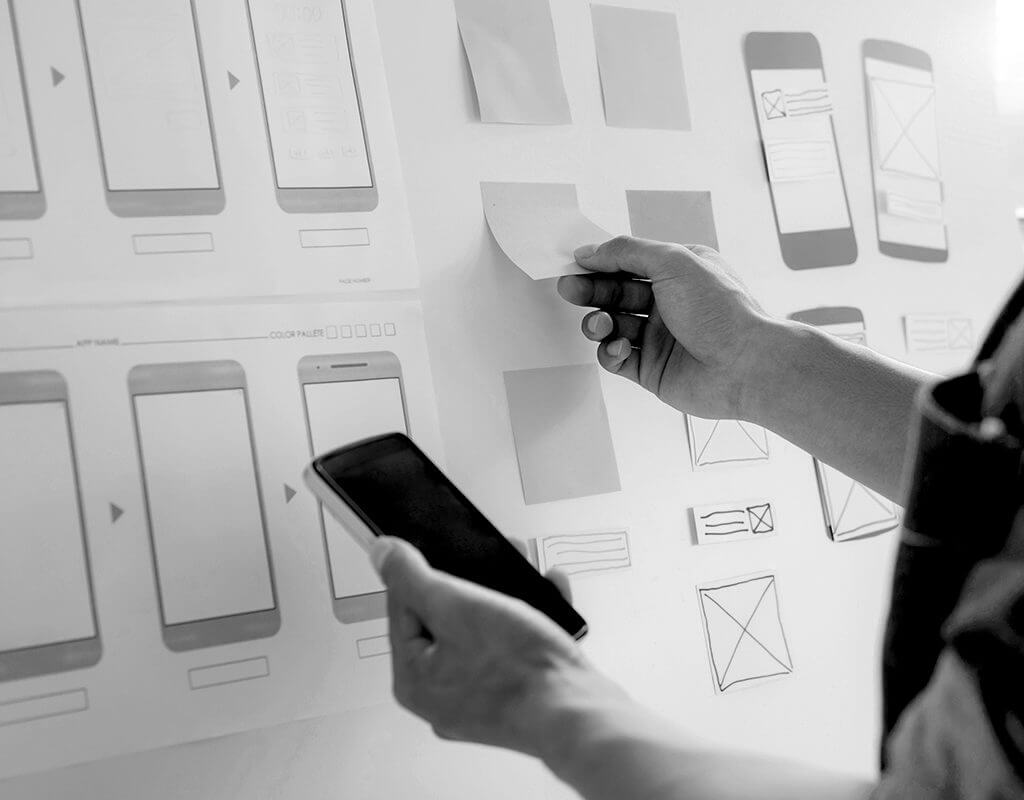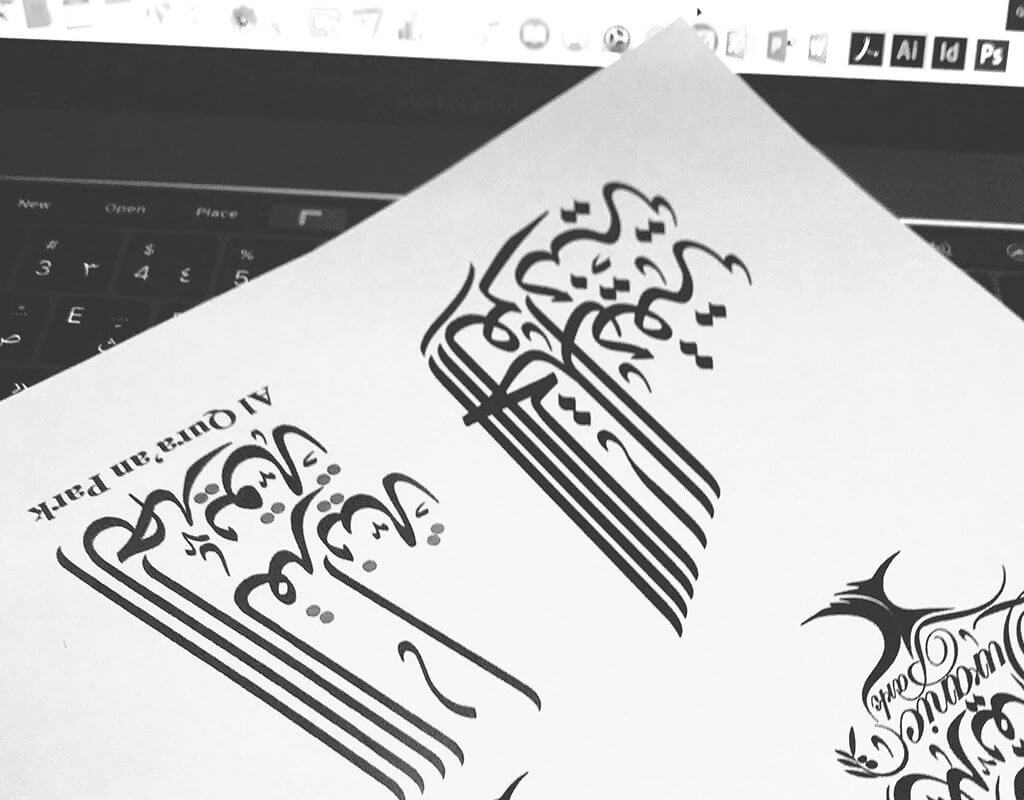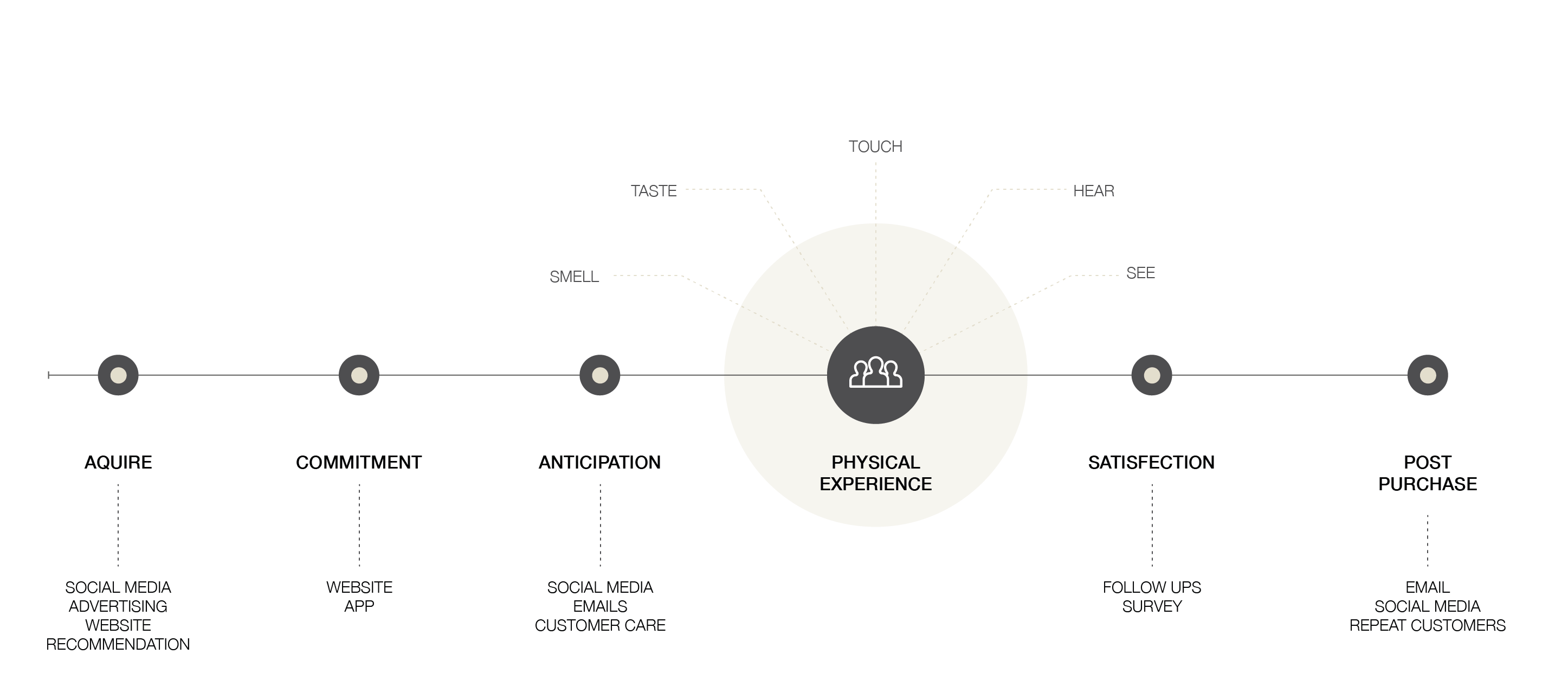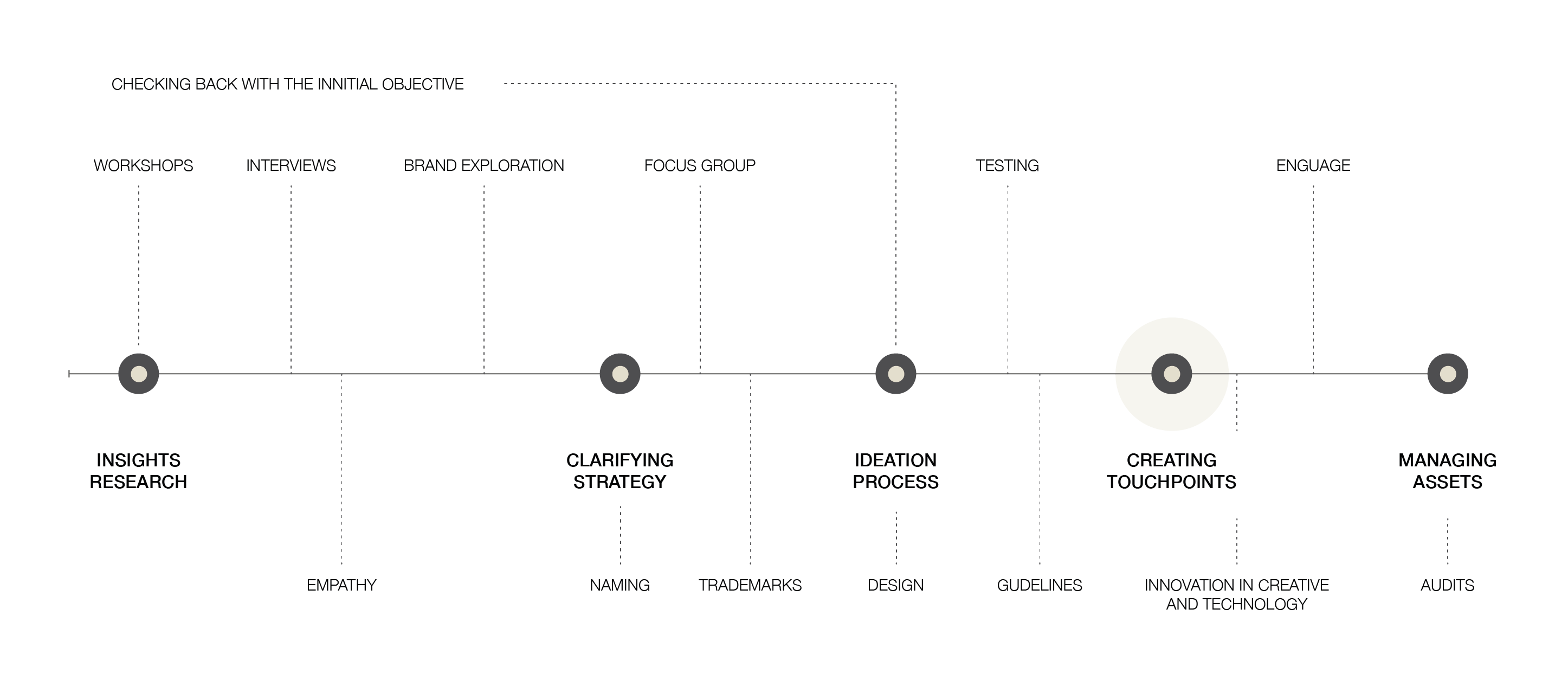Brand-New innovative process is my way to help brands.

Experience Deign and Maps
I am Performance-driven creative, by using analytical innovative methods with deep experience in media, entertainment, and technology. My focuses is on strategic innovation and design quality.

Ideation
I help companies solve design problems and create meaningful experiences through user-centered design. My goal is to help brands connect with their users through delightful product interactions.

Design Direction
I am a hands-on design leader who thrives at the intersection of product innovation and interactive marketing. With a background in brand design design, I help clients create powerful solutions.

Holistic process approach.
Good brand strategy is imperative and makes or breaks a brand. There are several sides to a good brand strategy, it needs insights to understand the situation, I need to understand the competitive landscape, know what opportunities or risks are there to deal with, a detailed audit is as important to understand the problem I am dealing with. I believe in creating brands that bring love and loyalty in customer, brands that solve problems and deliver results as they are built with passion and personal commitment.
As a creative expert, I use innovative methods to create, grow and transform your business and bring your brand to life. I have worked with a multitude of brands from small start-ups to global conglomerates and together with them has defined, re-written and re-interpreted their story. I know that to set a brand apart in today’s digital world it is important to see consumers and customers as active users. Therefore, while maintaining the traditional brand structure of beliefs, mission and vision I go one step further making the brand more interactive and approachable.
After developing a strategy, I undertake the crafting of the brand identity and visual atmosphere, including brand style guide to be used to maintain the consistency of identity.
The process is a combination of investigations, strategic thinking, design excellence, and project management skill. It requires an extraordinary amount of patience, an obsession with getting it right, and an ability to synthesize vast amounts of information.
Consumers are inundated with choices, only compelling experiences attract new customers, and extend customer loyalty. Every customer interaction must be viewed as an opportunity, so I believe brand and design is not a visual solution but its a physical experience for the customer’s all senses.
And the digital experience is not only to be available on digital touchpoints but to create a smooth digital customer journey. And to create a good brand experience and customer experience, all has to be in its place. I think beyond the point of sale, and deliver one-of-a-kind engaging experiences that bring the real value in the brand.

Why being strategic.
Your brand can be summed up by how your customers perceive you as a company, product, or service. Your brand strategyshould therefore guide every way in which you communicate and interact with your customers.
Find and foremost, your company. should define its mission, vision, objectives, values and positioning. The benefits of having a brand strategy are far reaching for both you and your customers.
Now, on the brink of another decade, the digital age continues to influence branding trends and how we connect with our audience. Consumers today expect more, expect it sooner, and are more discerning than ever. In other words, you not only have to have the right message, but also the right timing and placement.
That said, the 2020 branding trends might make this the best decade for branding yet. With more personalization, more authentic content, and brands embracing tech, the future of branding is already here.
With a wider variety of companies now available to candidates than ever before – from scrappy startups to established industry giants – there are a lot of hoops to jump through to attract top-tier talent. On top of that, with higher transparency than ever before, thanks to platforms like Glassdoor, social media channels and various other websites, your company culture is on full display to potential new hires.
As a result, companies need to begin thinking of branding as a way to not only attract customers, but also as a way to entice qualified job seekers to join their teams. If your company appears unprofessional, whether by having poor design or having few followers on Instagram or limited reviews on Yelp – you run the risk of missing out on premier candidates. Additionally, if your company appears not to prioritize employee well-being, candidates may doubt the integrity of your organization.
Humanizing your brand is a requirement, not an option in 2020. The days of throwing corporate brochures at your website and expecting the phone to ring are gone. You need to communicate with your audience and customers as real human beings.Brands are investing in personal branding for their leaders and employees in addition to building out employee advocacy programs. Employee advocacy programs arm the brand with a digital army of brand advocates who can represent the brand far better than a boring press release. 76% of people say they are more likely to trust content shared by “normal” people than content shared by brands.
As brands adapted to the digital world and consumers gained access to information and became increasingly influential, the definition of brand evolved to represent a broader set of experiences across all channels.
Brand is a tool for influencing choice. Brand is not made of visuals or words alone – it’s not a logo or a slogan. Nor is it a figurehead, such as Steve Jobs. Those things are simply ways to communicate the brand. Although a figurehead such as Elon Musk or a logo such as McDonald’s golden arches can and do serve to effectively deliver the brand message, ultimately, a brand is formulated through a larger set of experiences. Flipping the flow of information from one-way to two-way (as discussed above) results in flipping brand from being a message to being an experience.
